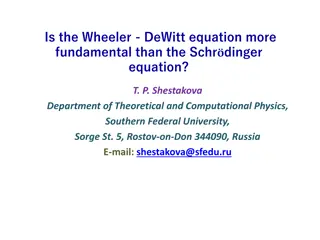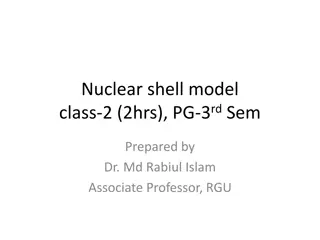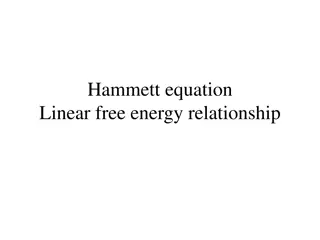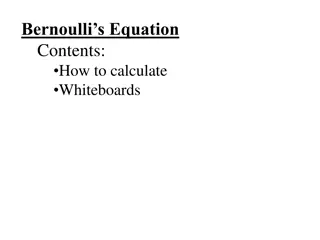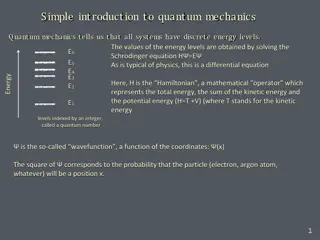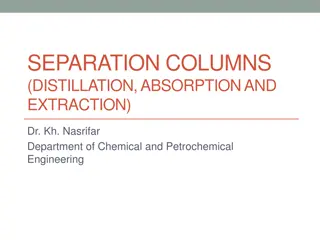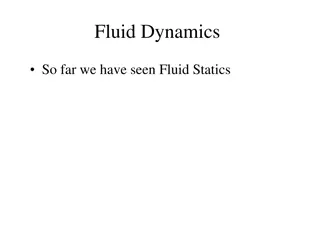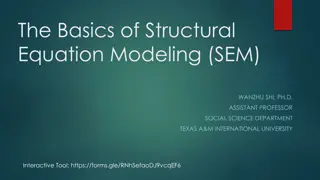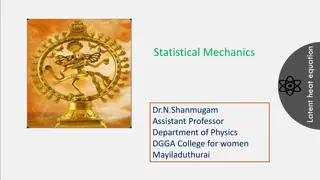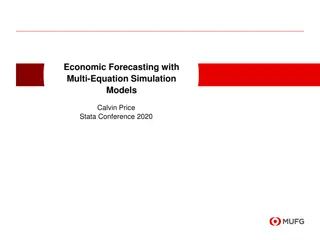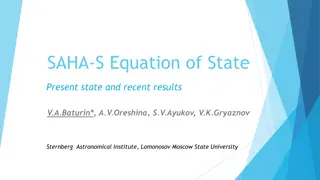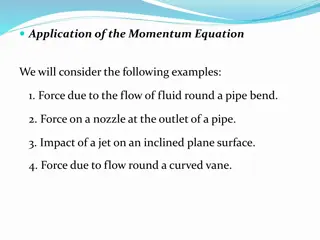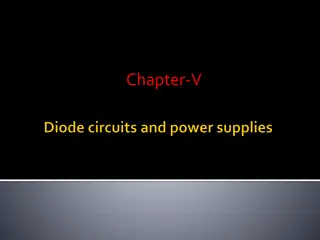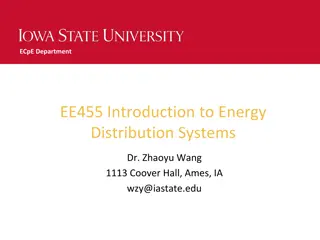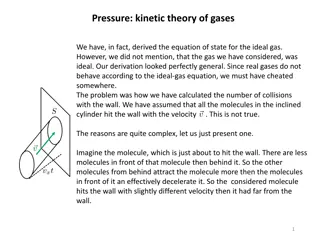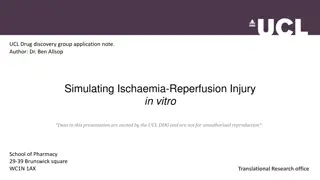Understanding the Derivation of the Nernst Equation and Its Implications
The Nernst Equation is derived to provide insight into membrane potential and its role in various health conditions like cystic fibrosis and epilepsy. This derivation involves combining diffusive flux, electric drift, and mobility terms, leading to a deeper understanding of membrane behavior. The Boltzmann and Faraday constants further enrich this discussion, linking energy, temperature, and electric charge at the molecular level.
Download Presentation

Please find below an Image/Link to download the presentation.
The content on the website is provided AS IS for your information and personal use only. It may not be sold, licensed, or shared on other websites without obtaining consent from the author. Download presentation by click this link. If you encounter any issues during the download, it is possible that the publisher has removed the file from their server.
E N D
Presentation Transcript
Derivation of the Nernst Equation: ??[?]? [?]?=(?? ??)
What else? Other health conditions besides atrial fibrillation may result from problems with membrane potential: 1)Cystic fibrosis poor chloride movement across the membranes 2)Epilepsy may be due to poorly working voltage gated channels
We start with diffusive flux: Concentration per volume=mol/cm^3* 1/cm
Putting them together: Electric Drift: ??????= ??[?]?? ?? ??2 ? ??2 ?? ??? ??4 ??? ??3 ? ??
Combining the Drift and the Diffusion: ?????? +?????=-D?[?] ?? - ??[?]?? ??:
Getting everything in terms of mobility: Replace D with the Boltzmann constant :D= ?? ?? ??????=-?? ???[?] ?? - ??[?]?? ??
More on the Boltzmann constant from Wikipedia: The Boltzmann constant (k or kB) is a physical constant relating energy at the individual particle level with temperature. It is the gas constant R divided by the Avogadro constant NA. k=R/ NA (See thermally agitated molecule)
Looking more like it: Replace ?? ?? with ?? ?? ??????=-?? ???[?] ?? - ??[?]?? ?? R is the ideal gas constant and F is the Faraday constant
More on the Faraday constant from Wikipedia: (one mole of electrons) In physics and chemistry, the Faraday constant (named after Michael Faraday) is the magnitude of electric charge per mole of electrons.[1] It has the currently accepted value F = 96,485.3365(21) C/mol.[2] The constant F has a simple relation to two other physical constants: where: F=eNA e 1.6021766 10 -19C;[3]NA 6.022141 1023mol 1.[4] NA is the Avogadro constant (the ratio of the number of particles 'N' to the amount of substance 'n' - a unit mole), and e is the elementary charge or the magnitude of the charge of an electron.
Multiply both sides by F and z: F*z*(?????? )=F*z* (- ??? ?[?] ?? - ??[?]?? ??) ?
Cross out F in the diffusive flux; add the factor z in the drift expression
Current Flux: ???????? ????= - ?????[?] ?? - ???2[?]?? ?? ????. ??????? ??2?
Set equation=0 to get Nernst equation (no current) 0 = - ?????[?] ?? - ???2 [?]?? ??
Factor out - ?? 0= - ??(???[?] ?? +?? [?]?? ??) (We see that -?? is a solution,so we can get rid of it.)
Now we have the variables we want: ?[?] ?? + ?? [?] ?? 0=?? ??
Move the diffusive flux term over to the LHS -???[?] ??=??[?]?? ??
Divide by -RT/Fz: ?[?] ??= ?? ??[?]?? ??
Separation of Variables: ?[?] ??= ?? ??[?]?? ?? Becomes ?[?] [?]??= ?? ?? ?? ?? ?[?] [?] = ?? ?? ??
A little applet http://www.nernstgoldman.physiology.arizon a.edu/#download


